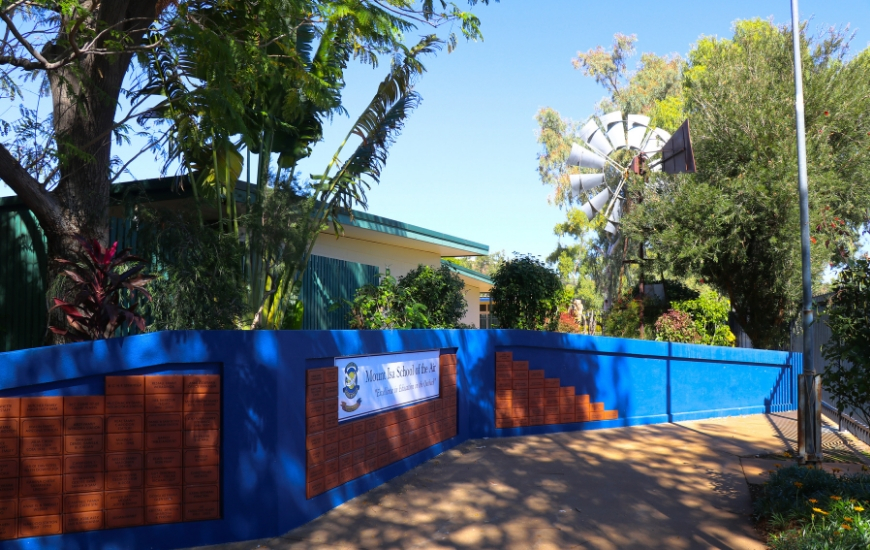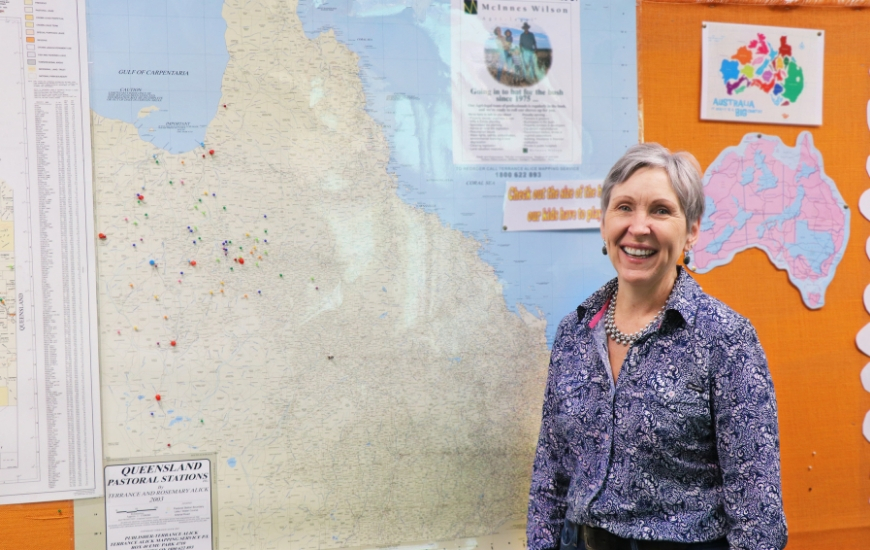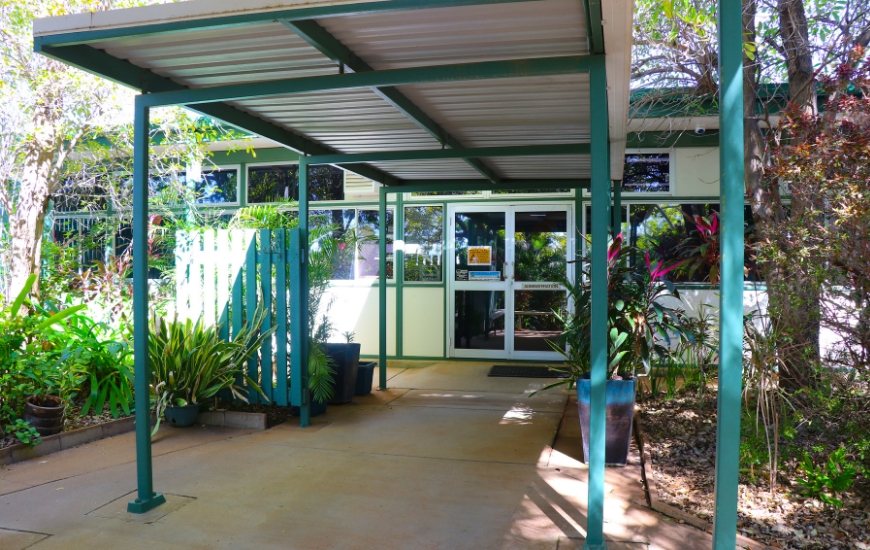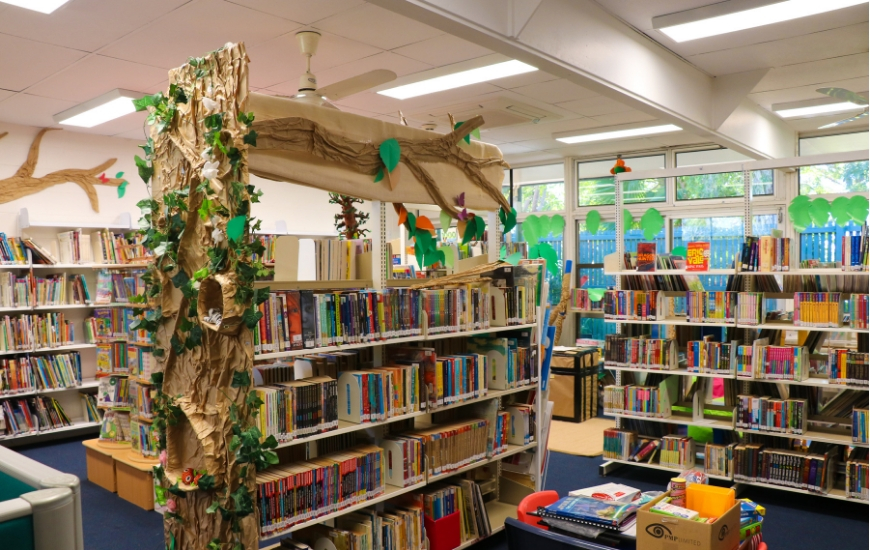
(School of the) Air apparent: educating Australia’s remote students
Mount Isa is a long, long way from just about everywhere.
If you draw a line the full 2850 kilometres from Brisbane to Darwin, about halfway you’ll find the township jutting out of the stark landscape towards Queensland’s north-western corner.
And while the mining town might be remote by distance, it’s not remote in terms of connectivity.
Mount Isa is now ready for service on the nbn™ broadband access network, helping to bring connectivity and access to fast broadband to the local people, business owners and visiting tourists of the region.*
Though, it’s not just the locals benefiting from connectivity.
While it’s easy for metropolitan and even many rural kids to make their way to the local school for lessons, when it comes to remote Australians, it’s not so simple.
Enter Mount Isa School of the Air (MISOTA).
A+ for distance education
‘School of the Air’ is an innovation dating back to 1944 when Adelaide Miethke, then on the Council of the Flying Doctor Service of South Adelaide, made a clever suggestion: use two-way radio to deliver educational talks to the kids of outback Australia.
Seven years later, School of the Air was established in Alice Springs, Northern Territory (NT): the first of its kind in the world.
Delivering lessons over the airwaves, the pioneering concept was perfect for school-aged kids who lived too far away to attend a traditional school.
In 1960, Queensland followed the NT’s lead by opening its first School of the Air in Cloncurry, with nearby MISOTA close behind in ’64.

About MISOTA
Initially giving students within a 450km radius of Mount Isa the ability to receive an education, MISOTA first relied on radio to teach its pupils, then telephone, before embracing the computer era.
“Mount Isa School of the Air started back with radio contact between families and kids,” explains MISOTA Acting Principal Janeen Fricke. “But we’ve now migrated to nearly a full digital service. We use a webinar tool plus a parallel phone system as a backup.”

A large part of MISOTA’s student base hails from geographically isolated areas, explains Acting Deputy Principal Nicole Barlow.
“We consist of students from eKindy through to Year 10. They [now]come from the tip of the Northern Territory – and even, in the past, international locations – to as far south as South Australia. So, really, our students can now be located almost anywhere in the world.”
And while the school itself isn’t connected to the nbn™ access network, the technology at each student’s end is also important.

Says Fricke, “The reliability of [services over the] nbn™ [access network] has brought a massive change to our students over the last few years. When we open our classrooms’ digital doors every morning across the school, we are confident that our students will be able to get really good access to our lessons.
“Those students still in pockets without internet continue to work with paper-based lessons and have limited contact with their peers and teachers. But, even before [the rollout of the] nbn™ [access network], those with internet would progressively drop out during a lesson.
“Our lessons were stalled because the families didn’t have enough bandwidth or their plans weren’t good enough to cope with many hours of on-air time for each student in their family each day. Our students in very remote areas didn’t have daily contact with their teachers purely because it had not been available to them.”
Yet, as Fricke confirms, times have changed.
“We don’t have that now. At least 95 per cent of our families now have full access to our education with help from [the] nbn™ [access network]. So, in the future, I think we will be able to offer more.”
Lessons from MISOTA
For those living in urban locations, it can be hard to understand the work and effort that goes into running a School of the Air classroom: especially the difference between teaching face-to-face and online.
Peek into one of MISOTA’s teaching studios and you’ll discover technology including computer screen and keyboard, control panel, speakers, headphones and microphone. It’s all there to enable the teacher to deliver the curriculum and interact with their students in real time.
Fricke says there’s a period of adjustment for teachers new to distance education.
“I think you use all the same strategies and skills as you do in mainstream education but, at MISOTA, you also have to learn a suite of digital teaching pedagogies to add to your toolkit. Once they’ve learnt that, teachers can then work out how to utilise the skills they’ve brought with them in a digital way.”
Like all traditional schools, at MISOTA, there’s also the obligatory colourful library brimming with picture books, novels and reference texts. The only difference is students order their desired books online, then the school’s friendly librarians promptly send them through the post.

And while classmates get to know each other virtually – a particular blessing for geographically isolated kids – there are also opportunities throughout the year, like the Sports Day, for students and teachers to meet up in person.
Grades 4 and 5 also get to head to idyllic Magnetic Island for school camp: the first time some inland students have ever experienced the ocean. Meanwhile, those in year 6 head to Canberra with Parliament House, the Australian War Memorial and the National Art Gallery included as part of the itinerary.
Together, MISOTA and the availability of services over the nbn™ access network are helping to make a real difference to the lives and education of students scattered across remote Australia.
Says Barlow, “As we operate on a digital platform, with students accessing lessons through a digital classroom, we really need the nbn™ [access] network to open that door ... I think it will open up opportunities that would otherwise be unavailable to [students], or at least limited. It’s breaking down the barriers that create that isolation.”

